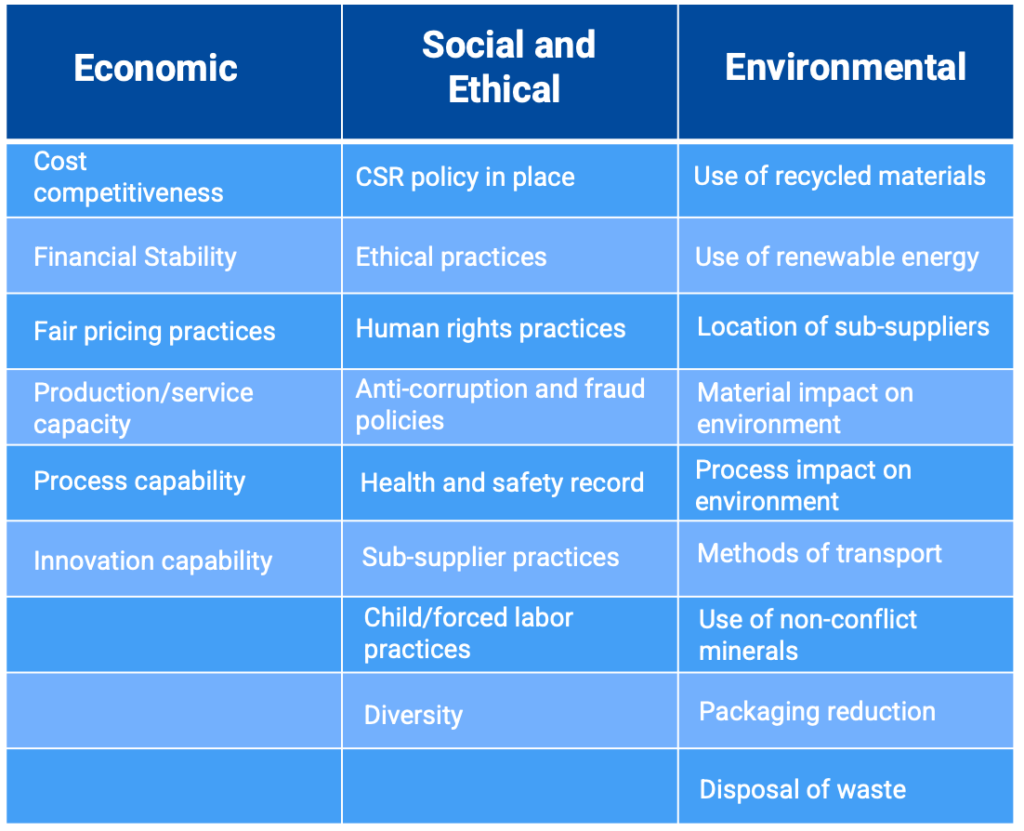When sourcing products and services, it’s important to prioritize sustainability and minimize the impact on the environment. This means evaluating suppliers’ use of nonrenewable resources and encouraging the use of renewable alternatives. Additionally, social considerations should be taken into account to ensure positive outcomes.
An organization is no more sustainable than the suppliers from which it sources its materials and services.
To ensure effective sourcing, it is crucial to establish a comprehensive strategy that includes sustainable policies and principles. This strategy should also determine whether to make or buy products, which will provide direction for all subsequent sourcing activities.
Sustainable Sourcing Process
To create a sourcing strategy that aligns with sustainable policies and principles, it’s important to carefully examine the sourcing process. Here are the steps to follow:
Step 1: When requesting quotes for new products or services, make sure to include sustainability requirements in the specifications.
Step 2: Develop evaluation criteria that take into account economic, social, and environmental factors and use guidelines like the UN Global Compact and ISO standards to measure potential suppliers.
Step 3: Screen new suppliers to ensure they meet minimum standards and comply with environmental and social responsibility regulations in the countries where they do business.
Step 4: Create a shortlist of suppliers who meet sustainable procurement criteria.
Step 5: Use a set of criteria, such as the one below, to determine which suppliers score well. You can assign weights to these criteria to compare multiple suppliers based on your objectives.
Step 6: Once you’ve selected suppliers that align with your corporate sustainability strategy, put a contract in place that includes any relevant sustainable requirements and performance measures. With these steps, you can develop a sourcing strategy that promotes sustainability and responsible sourcing practices.
Supplier Sustainability Criteria
An overview of supplier sustainability criteria is provided in the table below.


